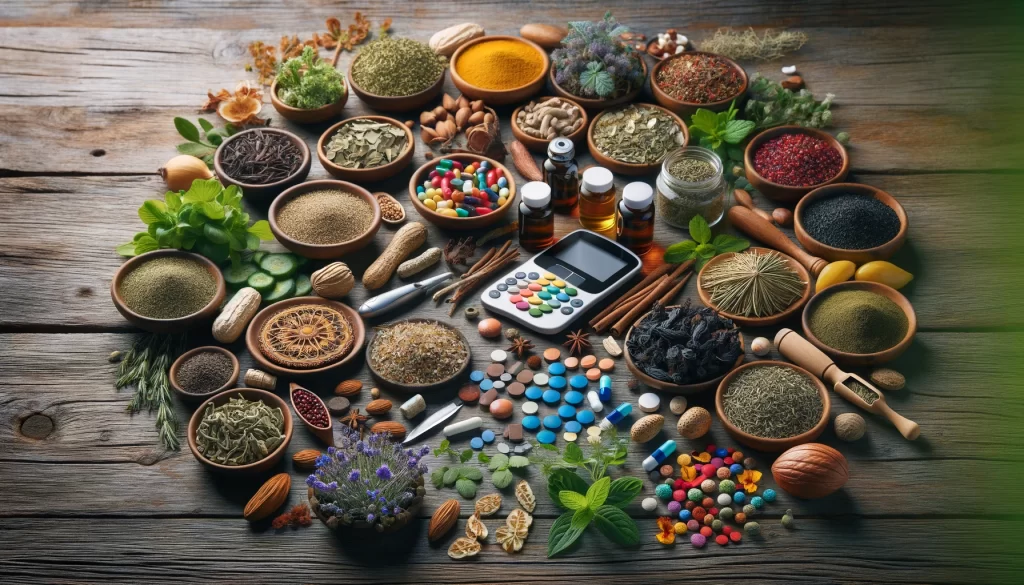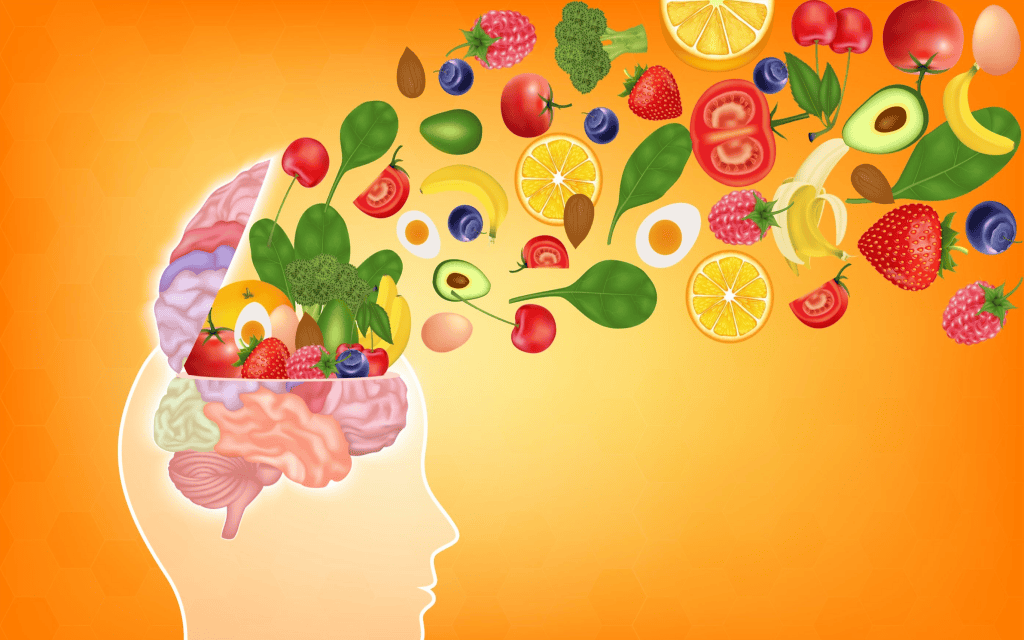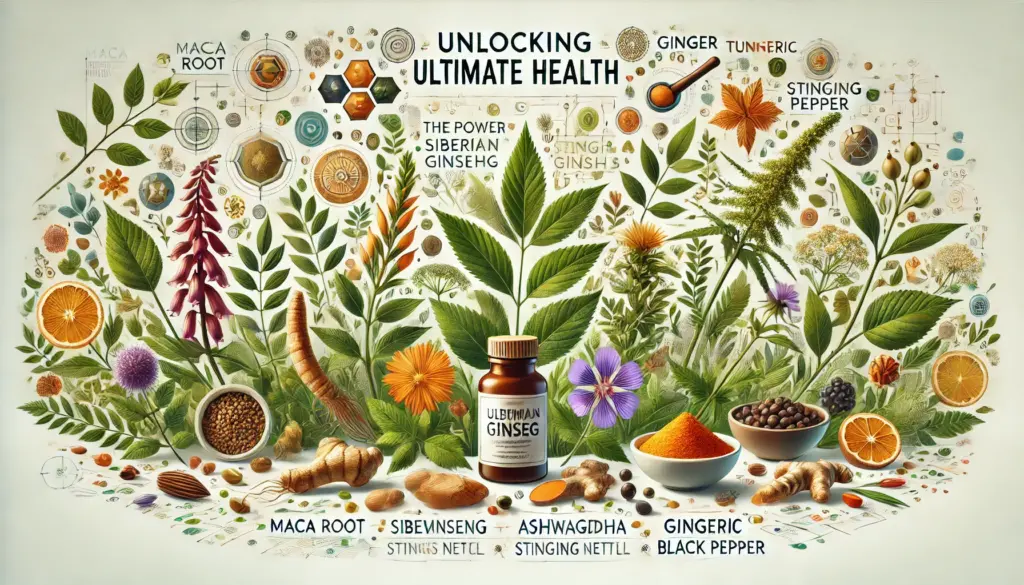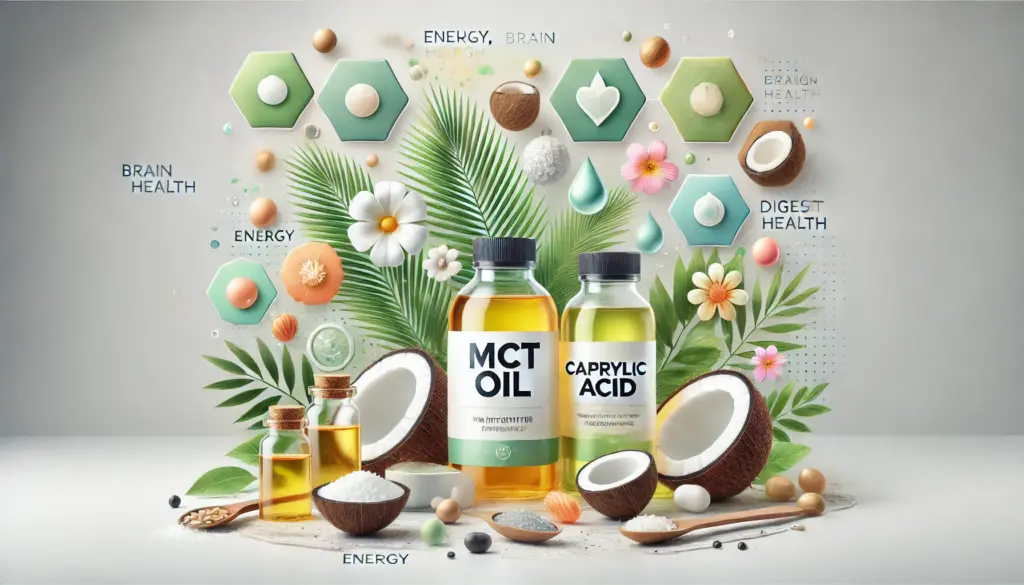Boost Your Immune System To The Moon Immunomodulators have become a cornerstone in the quest for improved health and...
Read More
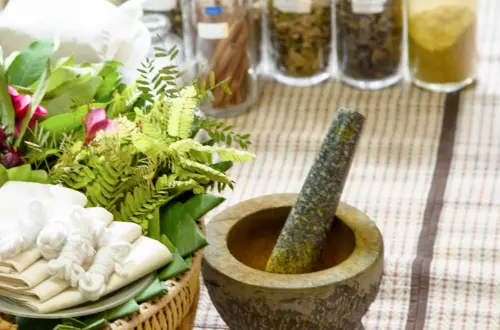
What Is Ayurvedic Medicine And How Can It Help You
Read The Article
Herbs To Replace Ozempic And Metformin
 Paul Wagner
Paul Wagner
 November 28, 2024
November 28, 2024
Herbs To Replace Metformin And Ozempic For many conditions, there are herbs and natural supplements thought to offer benefits, such...
Read More
The Astral, Causal, And Other Realms & Dimensions Of Existence
 Paul Wagner
Paul Wagner
 November 26, 2024
November 26, 2024
The Astral, Causal, And Other Realms & Dimensions Of Existence The astral and causal realms, along with other dimensions or...
Read More
The Doctrine Of Signatures
 Paul Wagner
Paul Wagner
 October 23, 2024
October 23, 2024
The Doctrine of Signatures is an ancient belief that suggests plants, animals, and natural objects have physical characteristics that...
Read More
A Psychedelic Odyssey: A Journey Below The Mind With A Trendy Fungus
 Paul Wagner
Paul Wagner
 October 22, 2024
October 22, 2024
A Psychedelic Odyssey: A Journey Below The Mind With A Trendy Fungus We’ve all been there. In the heat of...
Read More
Exploring the World of Psilocybin Microdosing: Benefits, Risks, and Spiritual Considerations
 Paul Wagner
Paul Wagner
 October 10, 2024
October 10, 2024
Exploring the World of Psilocybin Microdosing: Benefits, Risks, and Spiritual Considerations In recent years, psilocybin microdosing has gained popularity as...
Read More
The Healing Power of Willow Bark: A Natural Remedy with Proven Benefits
 Paul Wagner
Paul Wagner
 September 19, 2024
September 19, 2024
The Healing Power of Willow Bark: A Natural Remedy with Proven Benefits Willow bark, a natural remedy with a rich...
Read More
The Sweet Poetry of Dark Chocolate and Pure Cacao: A Divine Indulgence
 Paul Wagner
Paul Wagner
 August 22, 2024
August 22, 2024
The Sweet Poetry of Dark Chocolate and Pure Cacao: A Divine Indulgence Oh my, a little dark chocolate can go...
Read More
Brain Food: Amazing Ingredients for Holistic Health
 Paul Wagner
Paul Wagner
 July 15, 2024
July 15, 2024
Brain Food: Amazing Ingredients for Holistic Health Have you ever stopped to think just how crazy it is that we...
Read More
Unlocking Ultimate Health: The Power of Maca Root, Siberian Ginseng, Ashwagandha, Stinging Nettle, Ginger, Turmeric, and Black Pepper
 Paul Wagner
Paul Wagner
 July 8, 2024
July 8, 2024
Unlocking Ultimate Health: The Power of Maca Root, Siberian Ginseng, Ashwagandha, Stinging Nettle, Ginger, Turmeric, and Black Pepper In the...
Read More
MCT Oil vs. Caprylic Acid: Exploring Their Distinctive Benefits and Differences
 Paul Wagner
Paul Wagner
 July 8, 2024
July 8, 2024
MCT Oil vs. Caprylic Acid: Exploring Their Distinctive Benefits and Differences In the ever-evolving landscape of health and wellness, medium-chain...
Read More
Harnessing Nature’s Power: Angiogenesis, Tumors, Blood Flow, and Natural Remedies for Battling Cancer
 Paul Wagner
Paul Wagner
 June 27, 2024
June 27, 2024
Harnessing Nature's Power: Angiogenesis, Tumors, Blood Flow, and Natural Remedies for Battling Cancer Introduction Cancer remains one of the most...
Read More
Want More Ways to Take Control of Your Health?
Check out Paul's full series of Ebooks covering natural remedies for specific conditions, including anxiety, depression, sleep, stress, migraines and more



